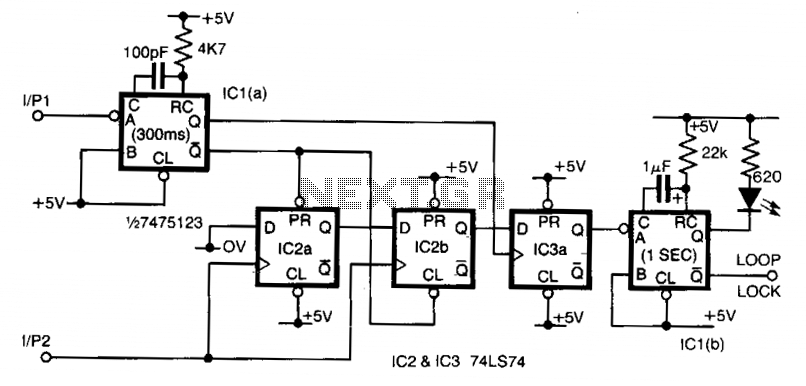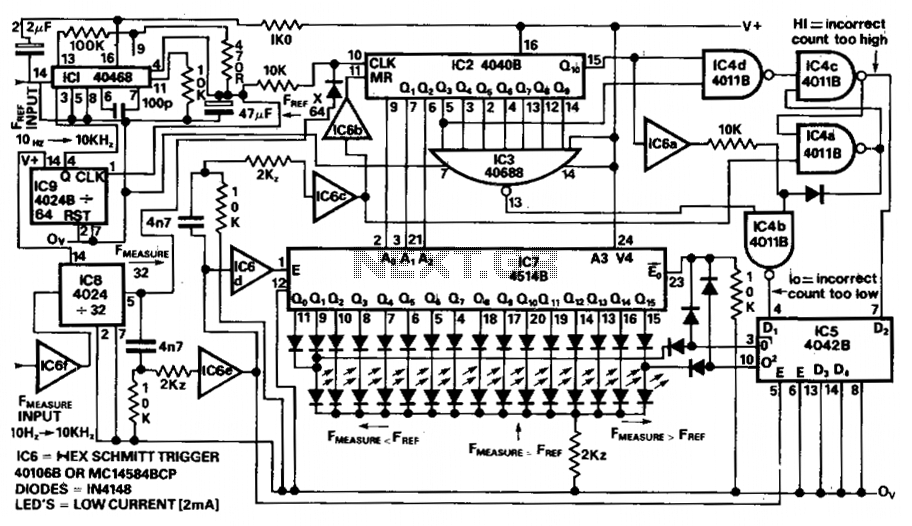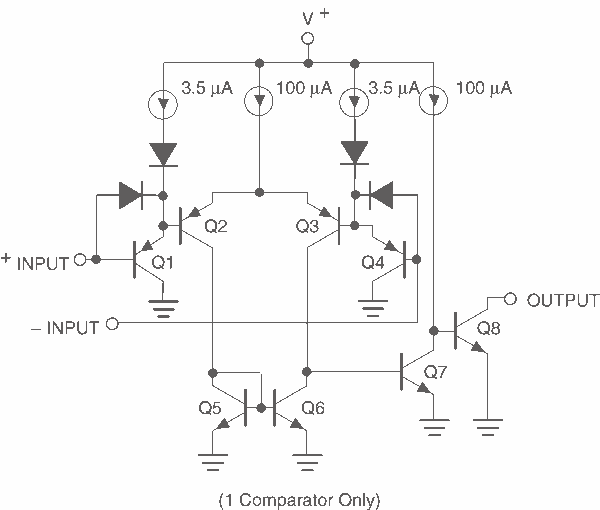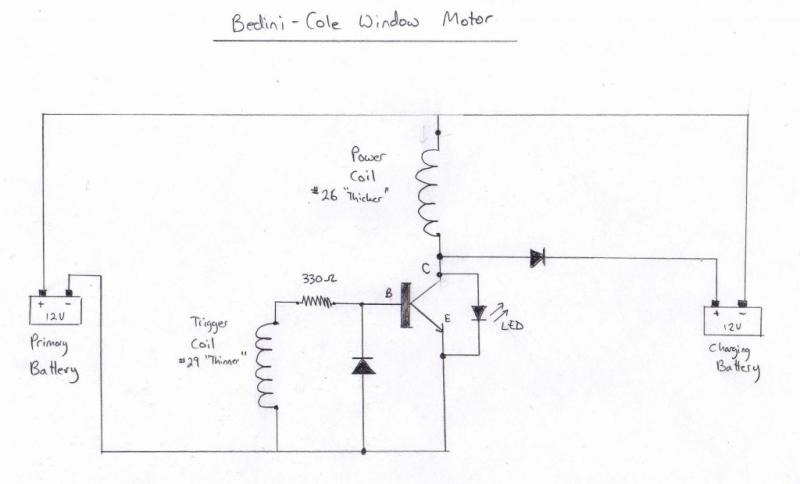
Window comparator

This circuit features independently adjustable upper and lower threshold settings, with digital outputs indicating the sign, within the window range, for both the upper and lower thresholds.
The circuit utilizes two integrated circuits (ICs): the LM319 and the TL081. The LM319 is a high-speed voltage comparator that can be configured for various threshold detection applications. It provides the necessary functionality to set and adjust the upper and lower threshold voltages accurately. The TL081, on the other hand, is a low-noise JFET-input operational amplifier that may be employed for signal conditioning or buffering within the circuit.
The design typically incorporates a dual comparator configuration using the LM319, where each comparator is assigned to monitor one of the threshold levels. The outputs from these comparators can be connected to digital logic circuits or microcontrollers to indicate whether the input voltage is within the specified window range. The adjustable thresholds allow for flexibility in applications, enabling the circuit to accommodate different voltage levels based on the requirements of the specific application.
The circuit may also include potentiometers for fine-tuning the threshold levels, facilitating easy adjustments by the user. Additionally, the digital outputs can be used to drive LEDs or other indicators, providing a visual representation of whether the input signal is within the defined window range.
Overall, this configuration provides a robust solution for applications requiring precise voltage level monitoring and control, making it suitable for various electronic projects and systems.This circuit provides independently adjustable upper and lower threshold settings, and has sign, in window range, in upper window, and in lower window digital outputs. ICs used: LM319, TL081.
The circuit utilizes two integrated circuits (ICs): the LM319 and the TL081. The LM319 is a high-speed voltage comparator that can be configured for various threshold detection applications. It provides the necessary functionality to set and adjust the upper and lower threshold voltages accurately. The TL081, on the other hand, is a low-noise JFET-input operational amplifier that may be employed for signal conditioning or buffering within the circuit.
The design typically incorporates a dual comparator configuration using the LM319, where each comparator is assigned to monitor one of the threshold levels. The outputs from these comparators can be connected to digital logic circuits or microcontrollers to indicate whether the input voltage is within the specified window range. The adjustable thresholds allow for flexibility in applications, enabling the circuit to accommodate different voltage levels based on the requirements of the specific application.
The circuit may also include potentiometers for fine-tuning the threshold levels, facilitating easy adjustments by the user. Additionally, the digital outputs can be used to drive LEDs or other indicators, providing a visual representation of whether the input signal is within the defined window range.
Overall, this configuration provides a robust solution for applications requiring precise voltage level monitoring and control, making it suitable for various electronic projects and systems.This circuit provides independently adjustable upper and lower threshold settings, and has sign, in window range, in upper window, and in lower window digital outputs. ICs used: LM319, TL081.





